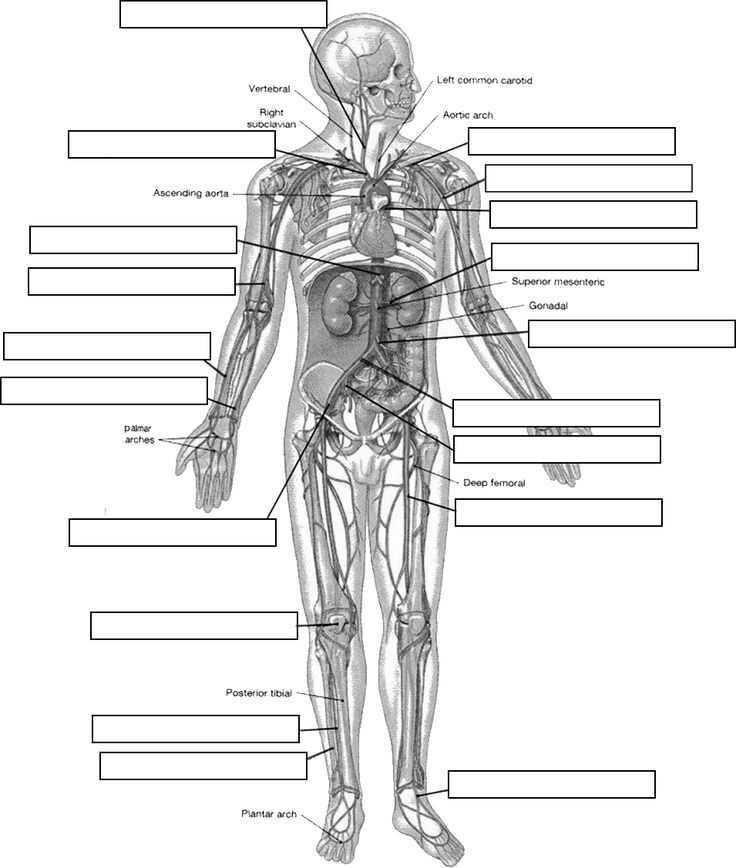
Understanding the structure and function of the human body is essential for anyone interested in health, medicine, or biological sciences. The complexities of how our body operates involve numerous systems that work in harmony to maintain life. From the smallest cells to entire organs, each part has a specific role in supporting the organism as a whole.
Human biology covers everything from how the body moves to how it fights disease. Whether it’s the circulatory system delivering oxygen or the nervous system coordinating signals, each process is vital. Mastery of these concepts is crucial for comprehending how the body responds to both internal and external challenges.
Learning about the body’s intricate mechanisms helps in various fields such as medicine, physical therapy, and research. With this knowledge, professionals can diagnose, treat, and even prevent health issues by understanding the underlying processes that govern the body’s functions.
Fundamentals of Human Body Structure
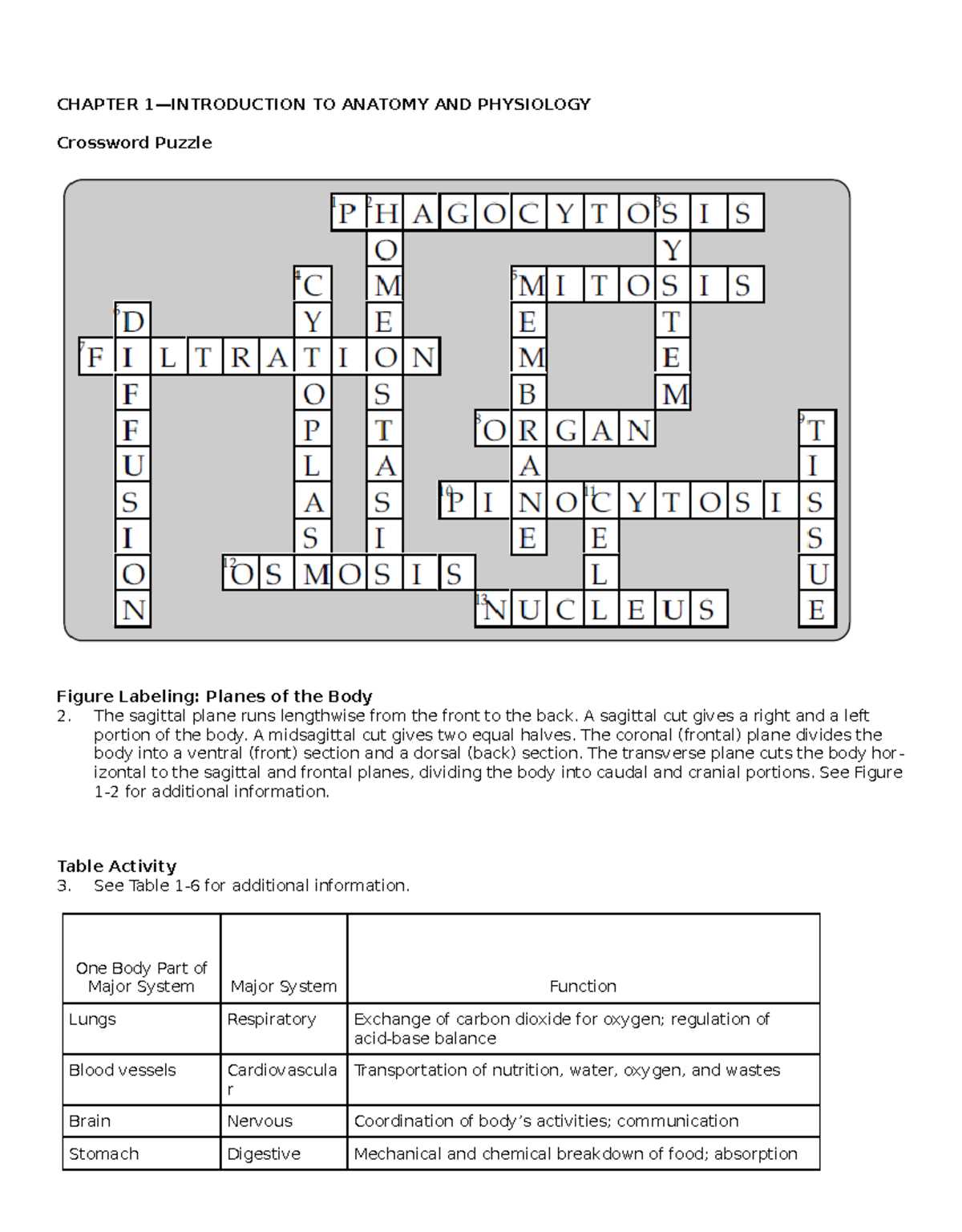
The human body is a highly organized and complex structure composed of various components working together. Each part has its specific function, contributing to the overall health and functionality of the organism. Understanding the basic organization of the body is essential for grasping how it functions as a whole.
Levels of Organization
The human body is structured at multiple levels, each with its own complexity. These levels include:
- Cells: The smallest functional unit of life, cells form the foundation for all bodily functions.
- Tissues: Groups of similar cells that work together to perform specific tasks, such as muscle or connective tissues.
- Organs: Structures composed of different tissues that perform specific physiological functions, such as the heart or lungs.
- Organ Systems: Groups of organs that work together to perform complex processes, such as the circulatory or respiratory systems.
Body Planes and Directions
To describe the body’s structure accurately, certain anatomical planes and directions are used:
- Sagittal Plane: Divides the body into left and right halves.
- Coronal Plane: Divides the body into front and back portions.
- Transverse Plane: Divides the body into upper and lower parts.
- Superior and Inferior: Terms used to describe body parts above (superior) or below (inferior) other parts.
By understanding these fundamental concepts, one can begin to appreciate the intricate structure of the human body and how its various components work together seamlessly to maintain life.
Understanding Physiological Processes
The human body is a dynamic system where various internal mechanisms ensure survival and optimal function. These processes involve complex interactions between different systems that maintain balance and respond to external and internal changes. To fully comprehend how the body works, it’s crucial to examine these key functions and how they support overall health.
Key Biological Functions
The body performs several vital functions that keep it running efficiently. These include:
| Process | Function |
|---|---|
| Metabolism | The chemical reactions that convert food into energy for cellular activities. |
| Homeostasis | Maintaining a stable internal environment, such as temperature and pH levels. |
| Circulation | Transporting oxygen, nutrients, and waste products throughout the body. |
| Respiration | Taking in oxygen and expelling carbon dioxide through the lungs. |
Regulatory Systems in the Body
Several systems play a crucial role in regulating the body’s functions. These include:
- Nervous System: Coordinates communication between the brain and other parts of the body.
- Endocrine System: Regulates bodily functions through hormones released into the bloodstream.
- Immune System: Protects the body against harmful pathogens and infections.
By studying these processes, we gain a deeper understanding of how the body adapts and responds to both internal needs and environmental changes, ensuring survival and health.
Key Concepts in Cell Biology
The study of cells is fundamental to understanding how the body functions at a microscopic level. Cells are the basic units of life, each playing a critical role in maintaining the organism’s structure and performing specific tasks essential for survival. The way cells interact, divide, and specialize forms the foundation of many biological processes that sustain life.
Each cell is equipped with various structures, known as organelles, that perform specialized functions. These include the nucleus, which contains genetic material, and mitochondria, which generate energy. The coordination between these organelles allows the cell to carry out essential activities such as growth, repair, and energy production.
Understanding cellular mechanisms, like cell division and signal transduction, is crucial for explaining how tissues and organs develop and function. These processes enable the organism to grow, respond to stimuli, and adapt to environmental changes, ultimately ensuring its survival.
Systems of the Human Organism
The human body is composed of various systems that work together to maintain homeostasis and ensure proper function. Each system has specific roles, from facilitating movement to defending against diseases. Understanding how these systems interact is key to grasping how the body responds to both internal and external stimuli.
| System | Primary Function |
|---|---|
| Musculoskeletal | Enables movement, provides structure, and protects vital organs. |
| Nervous | Coordinates body activities through signals sent between the brain, spinal cord, and nerves. |
| Circulatory | Transports blood, nutrients, gases, and waste products throughout the body. |
| Respiratory | Facilitates the exchange of gases, supplying oxygen and removing carbon dioxide. |
| Digestive | Breaks down food into nutrients for energy and eliminates waste. |
| Endocrine | Regulates body processes through hormone secretion from glands. |
| Immune | Defends the body against pathogens and harmful agents. |
| Excretory | Removes waste products from the body to maintain balance. |
These systems are not isolated; they work together to ensure proper function and survival. For example, the circulatory system delivers oxygen from the respiratory system to tissues, while the digestive system provides the nutrients necessary for energy production and growth. Understanding the interdependence of these systems is fundamental to comprehending human biology.
The Role of Tissues in Function
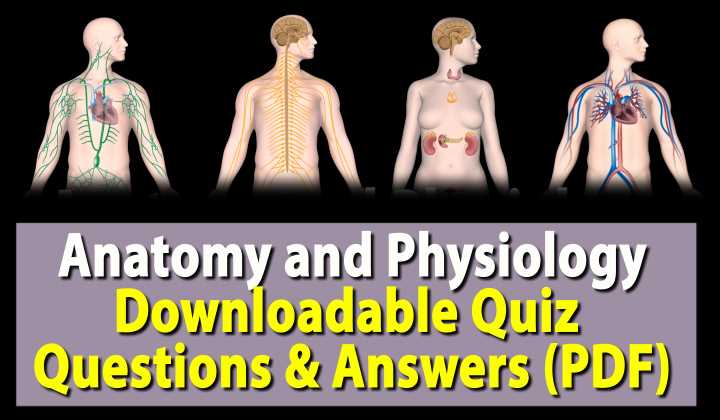
Tissues are essential building blocks in the body, serving as the foundation for organs and systems. They are composed of similar cells that work together to perform specific functions, making them crucial for maintaining overall health. The way tissues are organized allows them to support, protect, or facilitate different activities within the body.
Four main types of tissue exist, each with its own unique function:
- Epithelial Tissue: Covers and protects surfaces, both inside and outside the body, while also facilitating absorption and secretion.
- Connective Tissue: Provides structural support, connects different parts of the body, and stores energy in the form of fat.
- Muscle Tissue: Responsible for movement, whether voluntary (as in skeletal muscles) or involuntary (as in cardiac and smooth muscles).
- Nervous Tissue: Transmits electrical signals that coordinate bodily functions, enabling responses to stimuli and regulating processes like heartbeat and reflexes.
The specialized nature of tissues allows them to fulfill specific roles, from protecting organs to facilitating movement. Understanding how tissues contribute to bodily functions provides deeper insight into how the body operates as an integrated whole. Whether it’s the muscle fibers contracting to enable motion or the epithelial cells forming protective barriers, each tissue type is indispensable to the body’s performance.
Body Movement and Musculoskeletal System
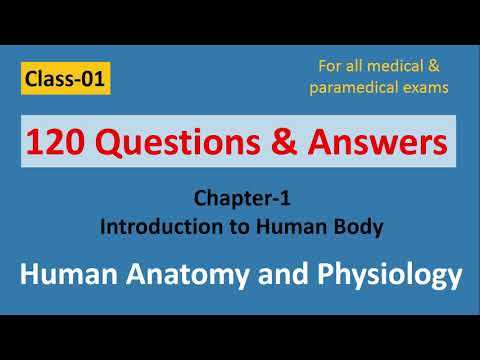
The ability to move is fundamental to the human experience, allowing us to interact with our environment, perform daily tasks, and maintain balance. The musculoskeletal system, comprising bones, muscles, and joints, is responsible for facilitating movement. This system not only provides the structural framework but also ensures that forces are transmitted efficiently, enabling smooth motion.
| Component | Function |
|---|---|
| Bones | Provide structure, protect organs, and serve as levers for muscle action. |
| Muscles | Contract and relax to create movement, work in pairs to allow flexion and extension. |
| Joints | Allow bones to move relative to each other, enabling flexibility and a wide range of motion. |
Muscle contractions generate force, which is transferred through tendons to bones, allowing movements like walking, lifting, or jumping. Meanwhile, the joints provide the necessary range of motion, depending on their structure. For example, hinge joints allow back-and-forth movement, while ball-and-socket joints permit rotational motion. Understanding how these components interact helps explain the complexity of even the simplest actions.
Nervous System and Its Functions
The human body relies heavily on a sophisticated communication network to respond to internal and external stimuli. This intricate system is responsible for sending, receiving, and processing signals that control various bodily functions. It coordinates activities from simple reflexes to complex thinking processes, ensuring all parts of the body work in harmony.
Components of the Nervous System
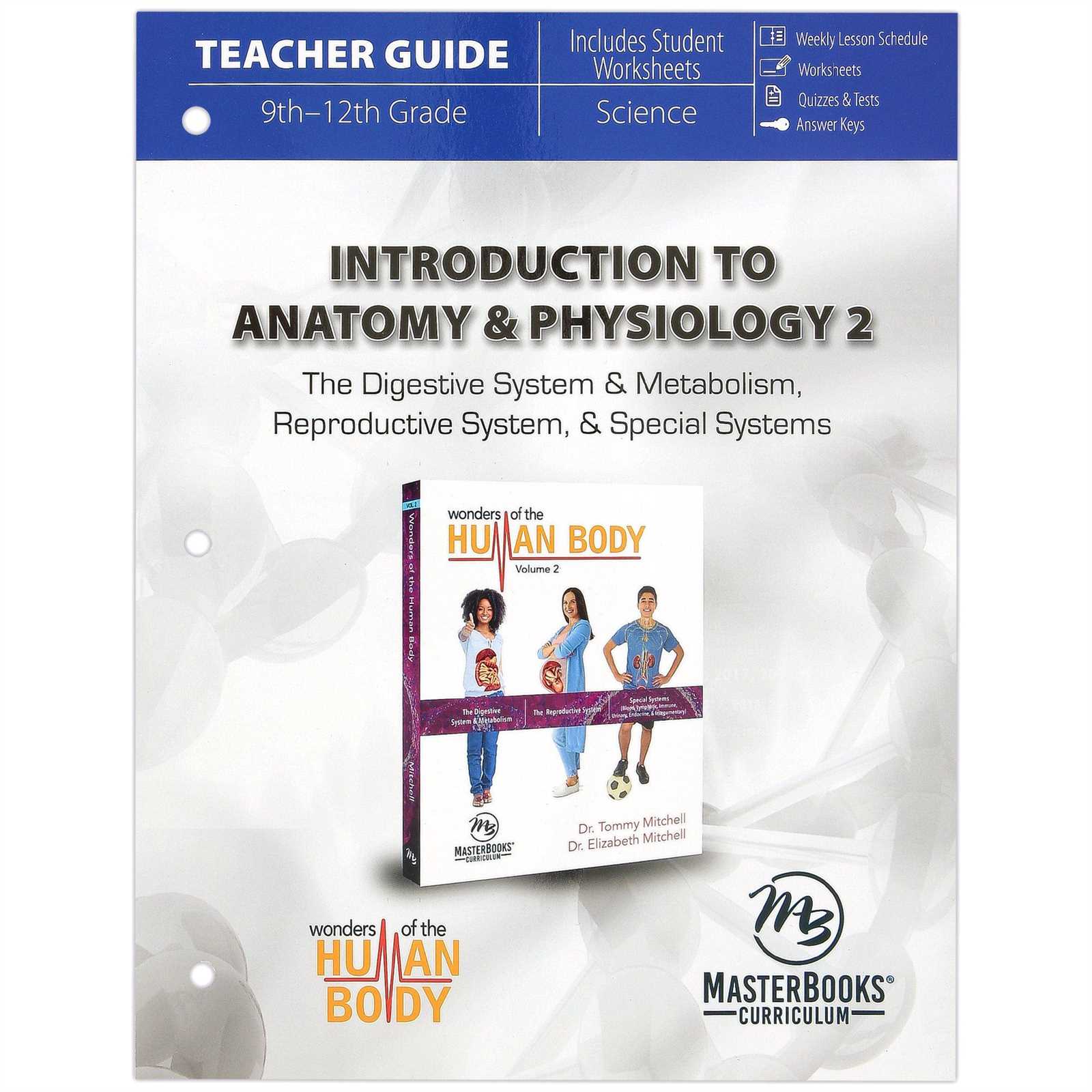
The system is divided into two major components, each playing a vital role in maintaining functionality:
- Central Nervous System (CNS): Comprising the brain and spinal cord, the CNS acts as the control center, processing information and directing responses.
- Peripheral Nervous System (PNS): Made up of nerves extending from the spinal cord and brain, the PNS connects the CNS to the rest of the body, transmitting signals to muscles and organs.
Key Functions of the Nervous System
This system performs a wide range of functions essential for survival:
- Signal Transmission: The nervous system rapidly transmits electrical signals, allowing for immediate responses to stimuli, such as pulling away from a hot object.
- Regulation of Homeostasis: It helps regulate processes like heart rate, breathing, and body temperature, maintaining balance within the body.
- Cognitive and Emotional Processing: The brain is responsible for complex tasks, including thinking, memory, learning, and managing emotions.
Through the combined efforts of neurons and specialized cells, the nervous system is a key player in ensuring the body’s coordination, adaptation, and survival in an ever-changing environment.
Circulatory System and Blood Flow
The circulatory system plays a critical role in maintaining life by delivering oxygen, nutrients, and hormones to the body’s cells while removing waste products. This vast network ensures that every organ and tissue receives the substances it needs to function properly. By circulating blood throughout the body, it supports essential processes such as immune defense, temperature regulation, and overall energy distribution.
At the core of this system is the heart, which pumps blood through a complex network of blood vessels. These vessels include arteries, veins, and capillaries, each serving a distinct function in the flow of blood. Arteries carry oxygen-rich blood away from the heart, while veins return deoxygenated blood back to the heart. Capillaries, the smallest blood vessels, allow for the exchange of gases, nutrients, and waste products between the blood and surrounding tissues.
The smooth flow of blood is essential for maintaining health and proper function. Any disruptions or blockages in this system can have serious consequences, affecting not only the heart but also the body’s ability to nourish its cells and remove toxins. Proper circulation is vital for energy production, immune responses, and maintaining overall balance within the body.
Respiratory System Overview
The body relies on a vital process to exchange gases, ensuring that cells receive the oxygen they need while eliminating carbon dioxide, a waste product of metabolism. This process involves a system of structures that work together to facilitate breathing and gas exchange. Through a series of organs and passages, the body manages the intake of oxygen and expulsion of carbon dioxide, supporting all the body’s functions.
Key Components of the Respiratory System
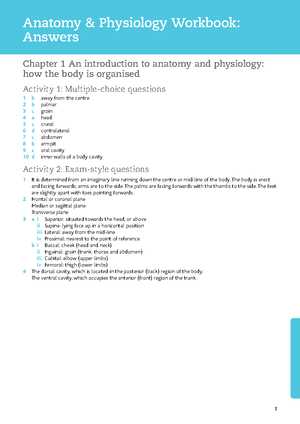
The respiratory system consists of several key structures, each serving a specific purpose in the process of breathing:
- Airways: A network of passages, including the nose, throat, and bronchi, that directs air into the lungs.
- Lungs: The primary organs of respiration, where the exchange of oxygen and carbon dioxide occurs.
- Diaphragm: A muscle that plays a crucial role in breathing by contracting and relaxing to allow air into and out of the lungs.
Gas Exchange Process
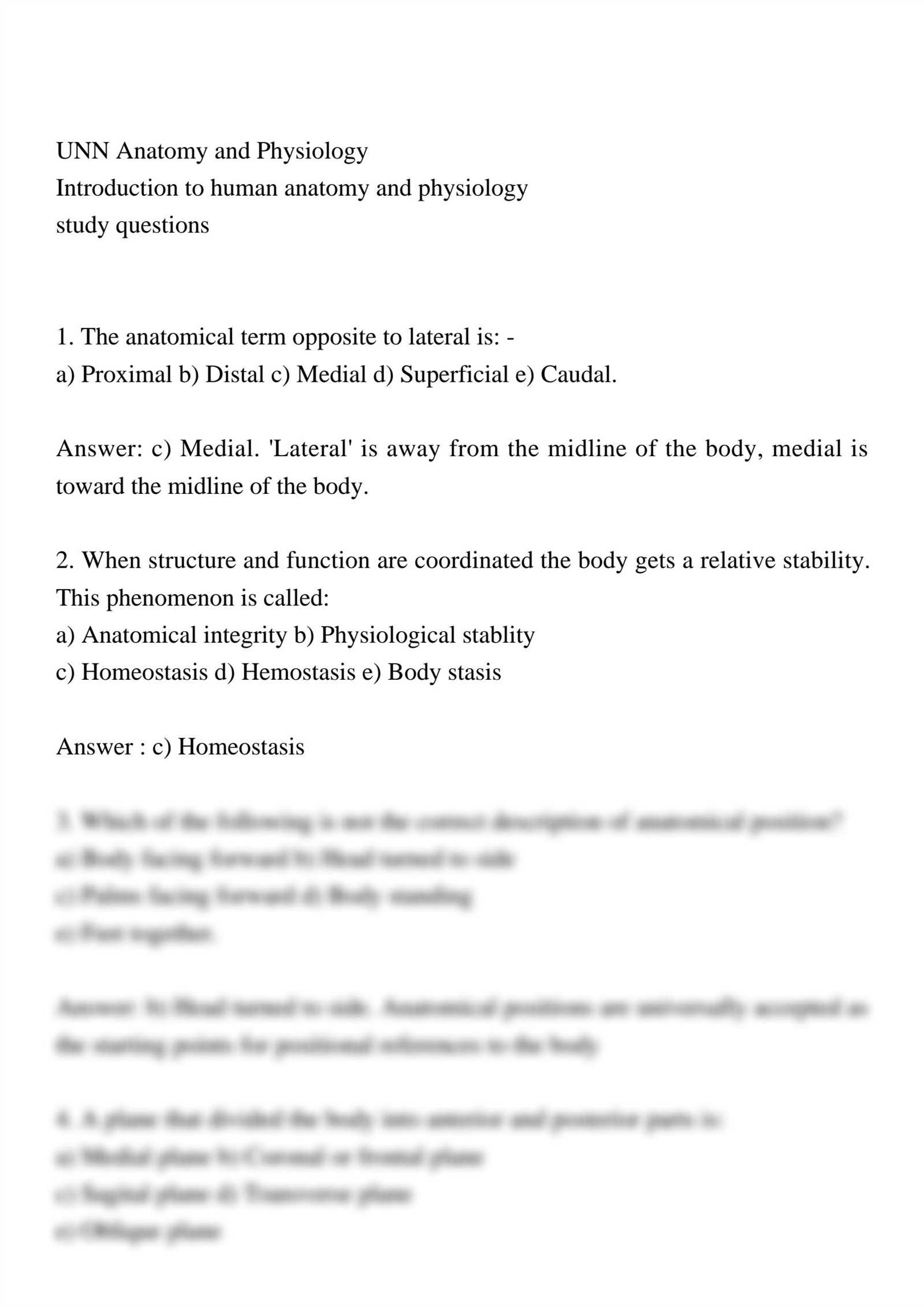
The exchange of gases takes place in the lungs at the alveoli, tiny air sacs that are surrounded by capillaries. Oxygen diffuses from the inhaled air into the bloodstream, while carbon dioxide moves in the opposite direction, from the blood into the lungs, to be expelled from the body. This cycle is continuous, ensuring that the body’s cells are supplied with the oxygen they need while removing metabolic waste.
Digestive System and Nutrient Absorption
The process of breaking down food into usable nutrients is essential for the body’s energy production and overall function. The system responsible for this process involves a series of organs that work together to break down complex food molecules into simpler forms that can be absorbed into the bloodstream. This system not only helps supply the body with energy but also ensures that essential vitamins, minerals, and other nutrients are made available to cells throughout the body.
The journey begins in the mouth, where food is chewed and mixed with enzymes, continuing through the esophagus and into the stomach. Here, food is further broken down by digestive acids. In the small intestine, nutrients are absorbed into the bloodstream through tiny finger-like projections called villi. The remaining waste products move into the large intestine, where water is absorbed, and the rest is eventually excreted.
The efficiency of nutrient absorption depends on the health of the digestive organs. A well-functioning digestive system ensures that nutrients are absorbed effectively, contributing to overall well-being. Proper digestion also plays a crucial role in eliminating toxins and waste, maintaining balance in the body’s internal environment.
Endocrine System and Hormonal Control
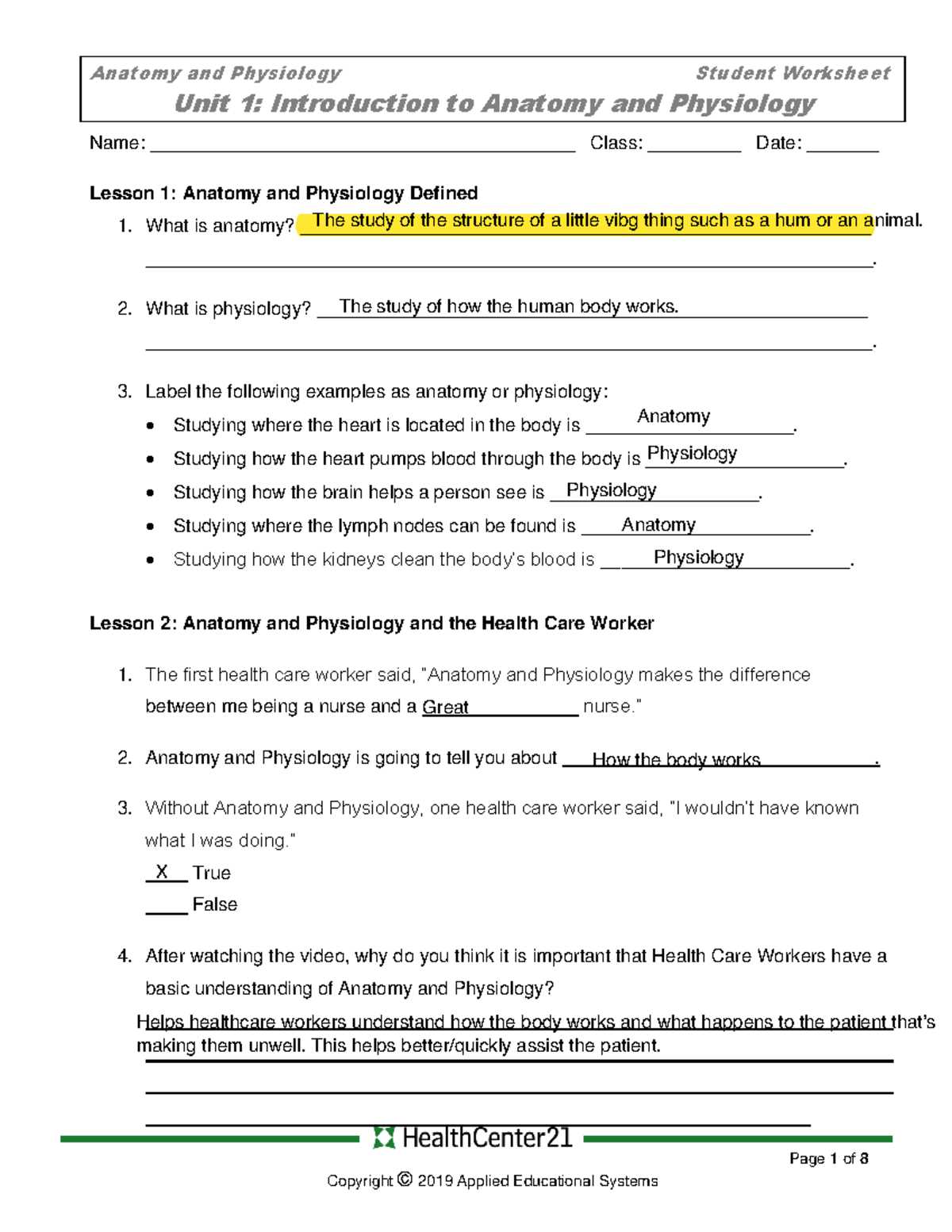
The body’s internal regulation is largely governed by a system that releases chemicals into the bloodstream, which help control various functions, from metabolism to growth. This regulatory system is responsible for maintaining homeostasis by influencing organs and tissues through signaling molecules. These signaling molecules, known as hormones, are secreted by specialized glands and travel throughout the body to regulate numerous physiological processes.
Major Glands and Their Functions
The hormonal system includes several important glands, each responsible for producing specific hormones that target various tissues and organs. Below is a summary of some of the primary glands and their functions:
| Gland | Key Hormones | Function |
|---|---|---|
| Hypothalamus | Releasing hormones | Regulates pituitary gland and other hormonal functions |
| Thyroid | Thyroxine | Controls metabolism and energy use |
| Adrenal Glands | Cortisol, adrenaline | Helps manage stress response, regulates metabolism |
| Pancreas | Insulin, glucagon | Regulates blood sugar levels |
Hormonal Regulation and Feedback Mechanisms
The release of hormones is tightly regulated through feedback mechanisms that either stimulate or inhibit their production. This ensures that hormone levels remain within a balanced range, allowing the body to respond appropriately to various internal and external conditions. For example, when blood sugar levels rise, the pancreas releases insulin to lower it, and when sugar levels drop, glucagon is released to raise them.
Immune System and Disease Defense
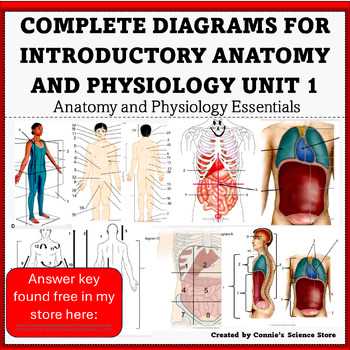
The body’s defense mechanism plays a critical role in protecting against harmful invaders, such as bacteria, viruses, and other pathogens. This intricate system is designed to detect, destroy, and remember these threats, ensuring that the body can respond swiftly and effectively if exposed to the same invaders in the future. Through a complex network of cells, tissues, and organs, the defense system identifies and eliminates potential dangers while maintaining balance within the body.
The immune response involves various components that work together to fight off infections and maintain overall health. These components include specialized cells that identify foreign invaders, proteins that neutralize harmful agents, and organs that produce and store the cells responsible for immune defense. Below are some of the key players in this vital system:
- White Blood Cells: The primary fighters against infections, including lymphocytes and macrophages.
- Antibodies: Proteins that bind to specific antigens, marking them for destruction.
- Lymphatic System: A network of vessels that transports immune cells and removes toxins from the body.
- Spleen: An organ that filters blood and stores immune cells.
The immune system also has the ability to learn from past encounters with pathogens. This adaptive response leads to the development of immunity, which provides long-term protection against previously encountered diseases. Vaccines, for example, help the body prepare for future infections by introducing a harmless form of a pathogen, triggering the immune system to recognize and fight it off when encountered again.
Excretory System and Waste Removal
The body must efficiently eliminate metabolic waste products to maintain internal balance and health. This process involves the removal of harmful substances produced during various metabolic activities. Without proper waste removal, toxic accumulation can lead to serious health issues. The body employs specialized organs and systems to filter, transport, and expel these byproducts, ensuring that homeostasis is maintained.
The primary organs involved in waste elimination include the kidneys, liver, lungs, and skin. Each organ plays a unique role in removing different types of waste from the body:
- Kidneys: Filter blood to remove excess salts, water, and urea, which are then excreted as urine.
- Liver: Breaks down toxins and produces bile, which aids in digestion and the elimination of waste.
- Lungs: Expel carbon dioxide, a waste product of cellular respiration, during exhalation.
- Skin: Eliminates sweat, which contains water, salts, and urea, helping regulate body temperature and remove waste.
The excretory process begins with the filtration of blood by the kidneys. Once waste is filtered out, it is transported to the bladder and excreted as urine. The liver plays a key role in detoxifying harmful substances, such as alcohol and drugs, by breaking them down and preparing them for elimination through urine or bile. Meanwhile, the lungs expel carbon dioxide produced during energy generation in the cells. Sweat glands in the skin assist in maintaining fluid balance while removing additional waste through perspiration.
Reproductive System and Genetic Inheritance
The ability to reproduce is fundamental to the continuation of species. The process involves the creation of offspring through the combination of genetic material from both parents. This system not only ensures the survival of a species but also plays a crucial role in the inheritance of traits from one generation to the next. Genetic inheritance determines many characteristics, such as eye color, hair type, and susceptibility to certain diseases, passed down through the genes.
The reproductive system comprises various organs that work together to produce offspring. These organs are responsible for generating reproductive cells (sperm and eggs) and facilitating fertilization. Here’s a look at the key components involved:
- Male Reproductive System: Includes the testes, which produce sperm, and the penis, which delivers sperm to the female reproductive tract.
- Female Reproductive System: Comprises the ovaries, which produce eggs, the uterus, where a fertilized egg can develop into an embryo, and the fallopian tubes, which transport eggs for potential fertilization.
- Genetic Material: Sperm and eggs carry genetic information in the form of DNA, which combines during fertilization to form a new organism.
Genetic inheritance follows a set of patterns determined by the transmission of genes from parents to offspring. Each individual inherits two sets of chromosomes, one from each parent, which contain the genetic instructions for the development of the body. The combination of these genes results in the traits that are passed down. Some traits are dominant, while others are recessive, influencing the likelihood of their expression in the offspring.
In addition to physical characteristics, genetic inheritance also plays a role in predispositions to certain health conditions. Understanding how genes are passed on can help predict potential genetic disorders and enable better management of inherited diseases.
How Anatomy and Physiology Relate
Understanding how the structure of the body supports its various functions is essential for comprehending how living organisms operate. The relationship between the body’s form and the way it performs its tasks is integral to maintaining overall health and functionality. Each organ, tissue, and cell is designed to fulfill specific roles, contributing to the overall well-being of the organism.
The study of body structures focuses on the shape, location, and organization of different components. Meanwhile, examining how these components work together involves exploring the mechanisms that enable them to carry out essential tasks such as movement, digestion, and regulation. The close connection between form and function is fundamental to understanding how systems work efficiently within the body.
For example, the structure of the heart, with its chambers and valves, is intricately designed to pump blood throughout the body, ensuring the distribution of oxygen and nutrients. Likewise, the flexible joints in the skeletal system are structured to allow movement while also providing support and stability to the body. These structural elements are tailored to meet the specific demands of the body’s functions, demonstrating the interdependence between the two fields.
This interrelationship also extends to how the body adapts to changes, whether they be due to exercise, disease, or environmental factors. Understanding the underlying principles of this connection aids in developing treatments, improving healthcare outcomes, and fostering a deeper knowledge of human biology.
Practical Applications in Health Sciences
The study of the body’s structure and function has wide-ranging applications in healthcare, impacting everything from medical diagnosis to treatment planning and patient care. A deep understanding of how the body operates is essential for developing effective medical interventions, designing rehabilitation programs, and advancing public health initiatives. Professionals in various health fields use this knowledge to improve outcomes and ensure patient well-being.
Medical Diagnosis
Healthcare providers rely on the understanding of bodily systems to diagnose illnesses accurately. Knowing how organs and tissues typically function allows medical practitioners to identify abnormalities or signs of disease. For instance:
- Doctors use knowledge of the respiratory system to diagnose conditions like asthma or pneumonia based on symptoms such as shortness of breath and wheezing.
- The circulatory system is critical in diagnosing heart conditions, including hypertension and arrhythmias, through the analysis of blood pressure and heart rate patterns.
- The musculoskeletal system is examined to assess injuries or conditions like arthritis, enabling targeted treatments such as physical therapy or medication.
Treatment Strategies
In addition to diagnosing, healthcare providers use knowledge of bodily systems to develop effective treatment plans. Whether through pharmaceuticals, surgery, or non-invasive methods, the goal is to restore or improve function. For example:
- Surgical procedures are informed by the precise structure of tissues and organs to minimize damage and enhance recovery.
- Therapies like physical rehabilitation are based on the body’s ability to heal and adapt, helping patients recover from injuries or surgeries.
- Understanding metabolic processes allows for personalized nutrition and medication regimens tailored to individual patient needs.
Overall, the application of structural and functional knowledge in health sciences is essential for providing quality care, preventing illness, and improving the lives of patients across the globe.